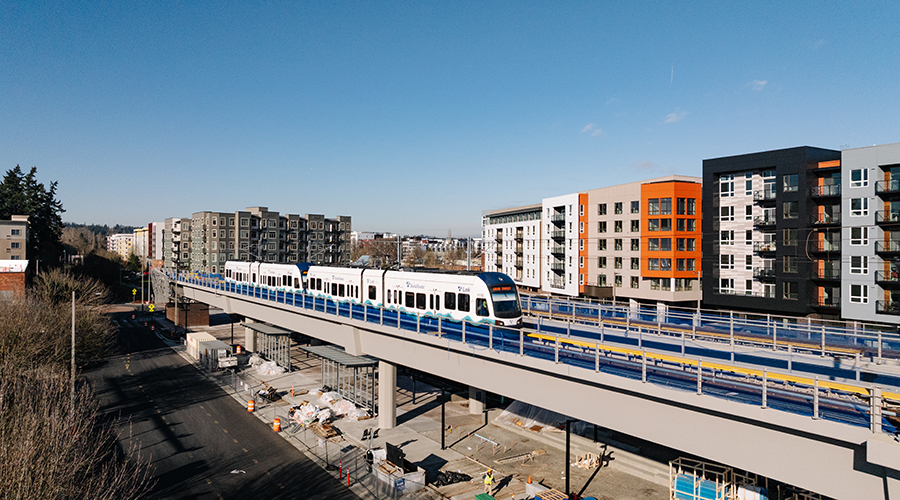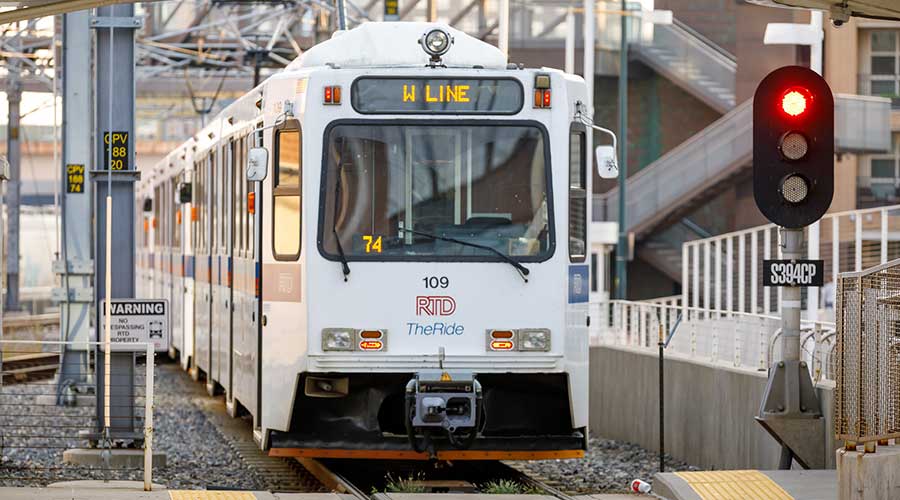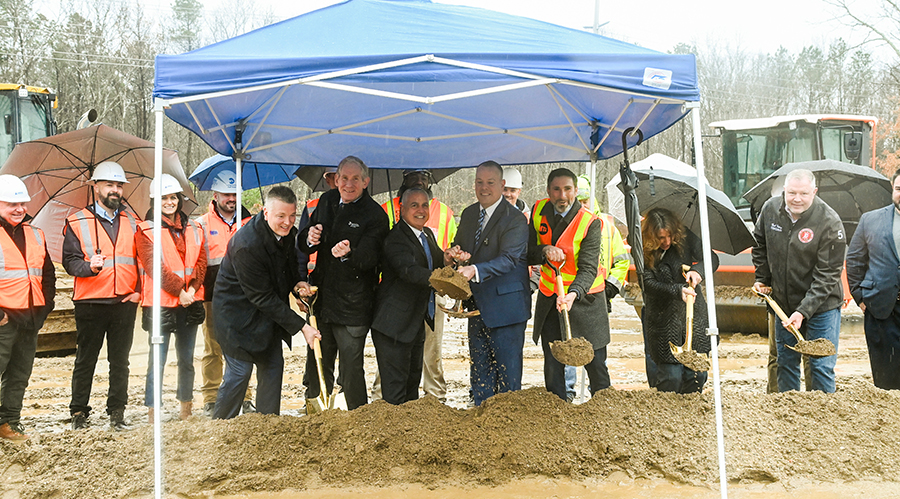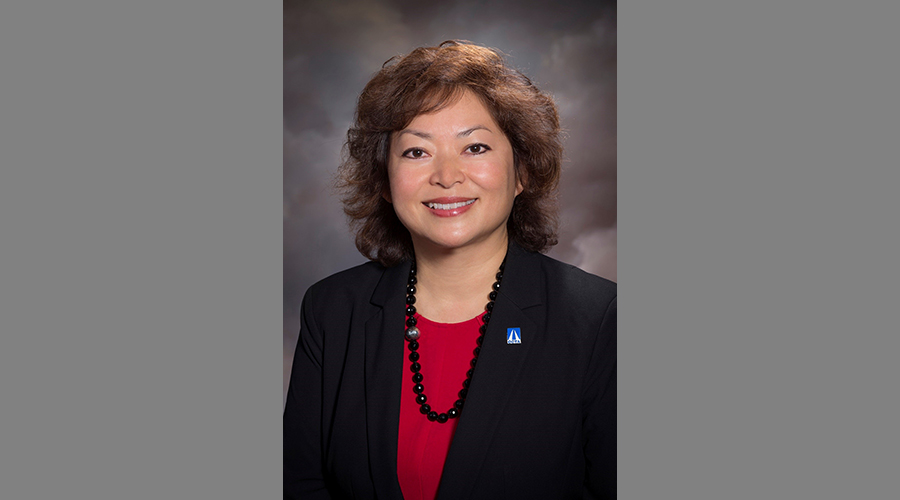Newsletter Sign Up
Stay updated on news, articles and information for the rail industry
Stay updated on news, articles and information for the rail industry
Rail News Home
High-Speed Rail
Rail News: High-Speed Rail
11/5/2010
Rail News: High-Speed Rail
Minnesota DOT braces for election's possible impact on HSR plans
advertisement
Since the Nov. 2 election, much of the high-speed rail talk has centered around Wisconsin and Ohio, where the governors-elect have threatened to stop the high-speed rail projects in their respective states once they take office.
But high- and higher-speed plans could be up in the air in other states, as well. In Minnesota, the governor’s race still is too close to call, but Republicans took over the state House and Senate. Because of the legislature shift, “the future of our passenger-rail program is not clearly defined right now,” says Dan Krom, director of the Minnesota Department of Transportation’s (MnDOT) Passenger Rail Office.
The state currently is preparing to launch a Tier I Environmental Impact Study (EIS) for a proposed high-speed rail line between Milwaukee and the Twin Cities. The $1.2 million study will be funded through a $600,000 High Speed Intercity Passenger Rail program stimulus grant that will be matched with $300,000 each from MnDOT and the Wisconsin DOT. On Nov. 1, MnDOT issued a Request for Proposals seeking a consultant to conduct the EIS.
Because Minnesota’s high-speed work is in the preliminary phase, it hasn’t garnered as much attention as some of the projects in states that received larger chunks of high-speed stimulus money, says Krom. And although it’s hard to predict what might happen once the new state legislature takes over, Krom wasn’t terribly optimistic when speaking with HSRupdates.com on Nov. 4.
“We had strong advocates in various committees before the change in leadership in the legislature,” he says. “Everything is up in the air now. When we’re facing an almost $6 billion deficit, all general funds will be scrutinized, and my program is funded with general funds.”
MnDOT’s high-speed rail plans also could be impacted if the Wisconsin DOT shuts down work on the Milwaukee-to-Madison high-speed rail corridor under the leadership of governor-elect Scott Walker. MnDOT is studying routes between Milwaukee and the Twin Cities that don’t all include stops in Madison, although omitting such a large population center would impact the corridor’s rating, Krom says.
Another loss for the state of Minnesota: the failed re-election bid of state Rep. James Oberstar (D-Minn.), who served as chairman of the House Transportation & Infrastructure Committee. In a surprising upset, Republican Chip Cravaack defeated Oberstar, who has served Congress for almost 35 years.
“Oberstar was a strong supporter of passenger rail, [St. Paul’s] Union Depot and the Midwest rail initiative, and I think the whole upper Midwest will feel the loss of him,” says Krom.
For now, MnDOT will continue to examine options to increase intercity passenger-rail service to the Twin Cities, regardless of whether it has a high-speed component. The agency hopes to secure a grant agreement with the Federal Railroad Administration later this month for the stimulus funds and hire a consultant to conduct the EIS by the end of the year. The study is expected to take nine to 12 months to complete.
Even if high-speed corridor development doesn’t pan out as quickly as expected, MnDOT does have options with Amtrak’s long-distance Empire Builder service, which runs between Milwaukee and Minneapolis/St. Paul.
“That’s our baseline service. If we identify a funding source in Minnesota, we could maybe add a second Empire Builder train,” he says. “Would it be high speed? Likely not, but it would be conventional speed with more frequency.”
MnDOT also is working to develop a governance structure within the state to build, operate and maintain passenger-rail services in the state. State officials are examining how states such as Ohio, Virginia and California set up rail commissions in their states to determine how they could incorporate such an entity in Minnesota.
“In the next month and a half, a consultant will work with stakeholder groups to narrow down some choices as to what’s appropriate for Minnesota,” says Krom. “The department then will have a menu of governance structures and funding scenarios that could easily be turned into legislation if the next legislature wants to do that.”
— Angela Cotey
But high- and higher-speed plans could be up in the air in other states, as well. In Minnesota, the governor’s race still is too close to call, but Republicans took over the state House and Senate. Because of the legislature shift, “the future of our passenger-rail program is not clearly defined right now,” says Dan Krom, director of the Minnesota Department of Transportation’s (MnDOT) Passenger Rail Office.
The state currently is preparing to launch a Tier I Environmental Impact Study (EIS) for a proposed high-speed rail line between Milwaukee and the Twin Cities. The $1.2 million study will be funded through a $600,000 High Speed Intercity Passenger Rail program stimulus grant that will be matched with $300,000 each from MnDOT and the Wisconsin DOT. On Nov. 1, MnDOT issued a Request for Proposals seeking a consultant to conduct the EIS.
Because Minnesota’s high-speed work is in the preliminary phase, it hasn’t garnered as much attention as some of the projects in states that received larger chunks of high-speed stimulus money, says Krom. And although it’s hard to predict what might happen once the new state legislature takes over, Krom wasn’t terribly optimistic when speaking with HSRupdates.com on Nov. 4.
“We had strong advocates in various committees before the change in leadership in the legislature,” he says. “Everything is up in the air now. When we’re facing an almost $6 billion deficit, all general funds will be scrutinized, and my program is funded with general funds.”
MnDOT’s high-speed rail plans also could be impacted if the Wisconsin DOT shuts down work on the Milwaukee-to-Madison high-speed rail corridor under the leadership of governor-elect Scott Walker. MnDOT is studying routes between Milwaukee and the Twin Cities that don’t all include stops in Madison, although omitting such a large population center would impact the corridor’s rating, Krom says.
Another loss for the state of Minnesota: the failed re-election bid of state Rep. James Oberstar (D-Minn.), who served as chairman of the House Transportation & Infrastructure Committee. In a surprising upset, Republican Chip Cravaack defeated Oberstar, who has served Congress for almost 35 years.
“Oberstar was a strong supporter of passenger rail, [St. Paul’s] Union Depot and the Midwest rail initiative, and I think the whole upper Midwest will feel the loss of him,” says Krom.
For now, MnDOT will continue to examine options to increase intercity passenger-rail service to the Twin Cities, regardless of whether it has a high-speed component. The agency hopes to secure a grant agreement with the Federal Railroad Administration later this month for the stimulus funds and hire a consultant to conduct the EIS by the end of the year. The study is expected to take nine to 12 months to complete.
Even if high-speed corridor development doesn’t pan out as quickly as expected, MnDOT does have options with Amtrak’s long-distance Empire Builder service, which runs between Milwaukee and Minneapolis/St. Paul.
“That’s our baseline service. If we identify a funding source in Minnesota, we could maybe add a second Empire Builder train,” he says. “Would it be high speed? Likely not, but it would be conventional speed with more frequency.”
MnDOT also is working to develop a governance structure within the state to build, operate and maintain passenger-rail services in the state. State officials are examining how states such as Ohio, Virginia and California set up rail commissions in their states to determine how they could incorporate such an entity in Minnesota.
“In the next month and a half, a consultant will work with stakeholder groups to narrow down some choices as to what’s appropriate for Minnesota,” says Krom. “The department then will have a menu of governance structures and funding scenarios that could easily be turned into legislation if the next legislature wants to do that.”
— Angela Cotey


 LRW Honors Amtrak’s Acheson As Railway Woman Of The Year
LRW Honors Amtrak’s Acheson As Railway Woman Of The Year
 From Editor-In-Chief Foran: Of Gender Equity And Inclusion
From Editor-In-Chief Foran: Of Gender Equity And Inclusion
 Spotlight On Some Of Today’s Rail Safety Products
Spotlight On Some Of Today’s Rail Safety Products
 Women of Influence in Rail eBook
Women of Influence in Rail eBook
 railPrime
railPrime







